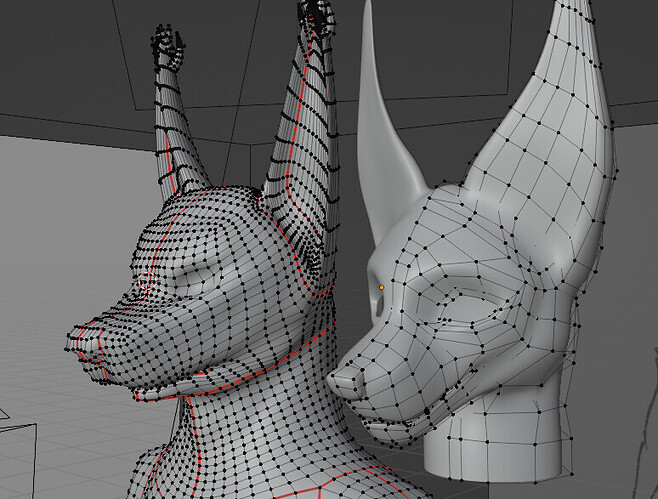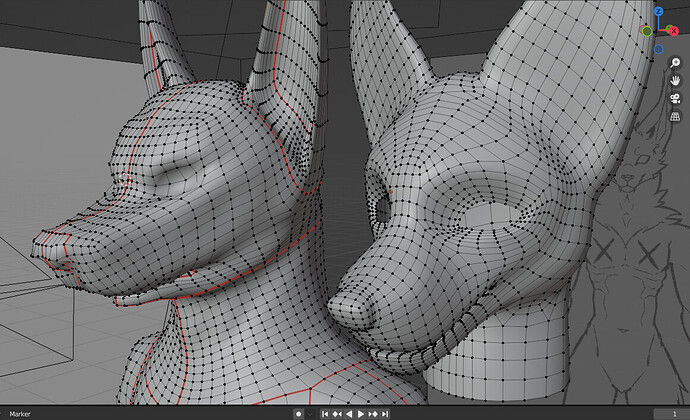I literally just started with the first bit of content, “Modeling The Face Outline” and wow am I disappointed right from the get go. We’re modeling based off a Blender screenshot that already has its topology clearly defined? Seriously? How am I supposed to create my own unique characters after this course is done?
For reference, I took the Low Poly Characters Bite Sized Course and LOVED it–I learned how to model a character based on a sketch and took that further to create my own low poly knight character. I was excited to move on to this one so I could create characters with a bit more detail but not quite sculpted level. I normally love Grant’s tutorials, but I am so disheartened that this appears to be essentially a “how to model this one specific character and no others ever” course.
Is there something obvious I’m missing? I just don’t see how I’m supposed to do this without having a character’s topology reference already, and how am I supposed to get that without having modeled the character already or had someone else model it for me? At which point, what is the point of it?


